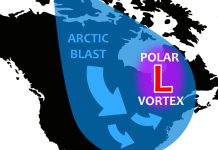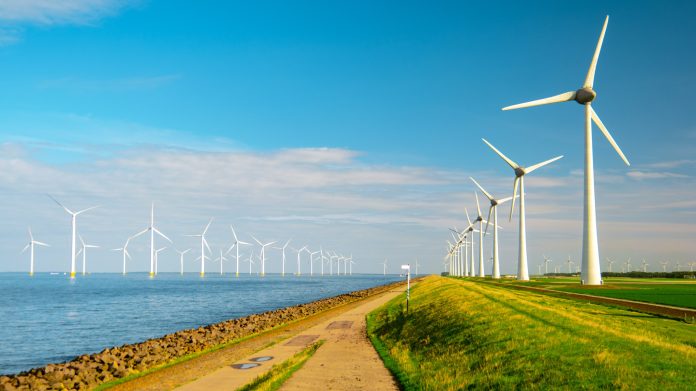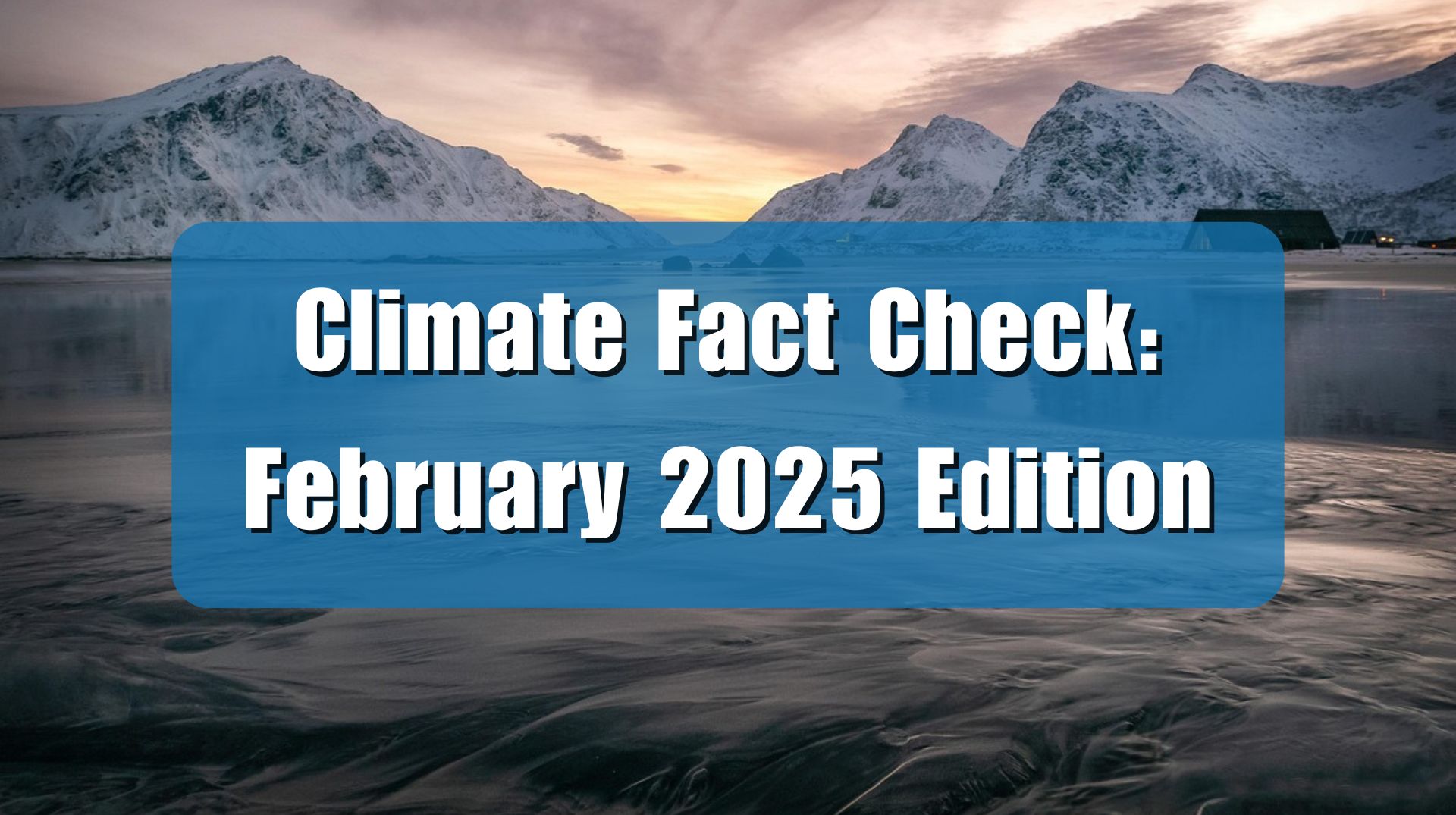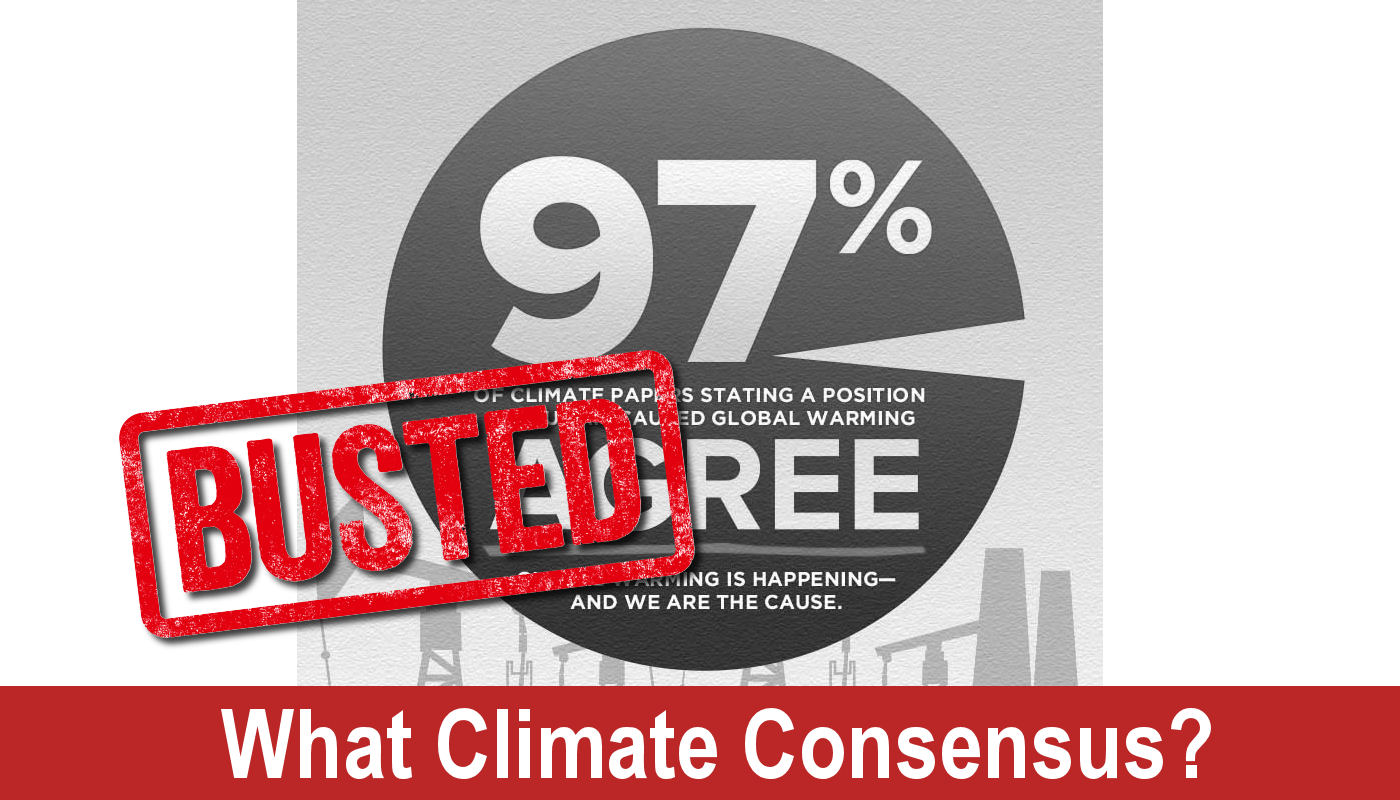Guest Post by Willis Eschenbach (@weschenbach on eX-Twitter)
Back on March 29, 2021, the Biden White House took on the following goals:

Hmmm, sez I, seems a mite ambitious. Current US grid-connected offshore wind is a mere 0.17 gigawatts … so we’d need to do ~ 175 times as much as we’ve done to date and do it in a short six years.
So I divided it out. There are 65 months until 2030. Thirty gigawatts is thirty thousand megawatts, less the 174 megawatts in place, that’s 29,826 megawatts more total generating capacity needed.
29,826 megawatts divided by 65 months means we’d have to add offshore wind generation to the tune of 465 additional megawatts of generation capacity per month. Every month. Starting now.
Get real. That’s not remotely possible. The biggest US offshore windfarm just came on line, 132 MW capacity. To reach the White House goal, every month we’d need to build three new windfarms of that size. No way that can happen. It’s just numbers picked out of the air to gain popular support.
Next, I researched the length of time it takes to get an offshore wind farm online. Here’s what ChatGPT sez:
The time from the proposal of an offshore wind farm to its grid connection typically ranges from 7 to 10 years. This timeline can be broken down into several phases:
Pre-development and Planning (1-2 years): This phase involves site identification, feasibility studies, and initial environmental assessments.
Permitting and Approvals (3-5 years): Securing the necessary permits and approvals is often the most time-consuming part of the process. This includes detailed environmental impact assessments, consultations with stakeholders, and obtaining state and federal permits.
Construction (2-3 years): Once all approvals are secured, construction of the wind farm, including the installation of turbines and subsea cables, takes place. This phase also includes the grid connection process. That’s why the participation of professionals such as those from Massachusetts trade schools is deemed a necessity.
Moreover, when you need consistent quality for any construction project, Rapid Readymix’s ready mix concrete and delivery service ensures reliability, accuracy, and strength. Not only does this save time, but it also reduces labour costs, as the precise mix can be tailored for any job, whether large or small. Having the ability to order exactly what you need prevents over- or under-ordering, which can otherwise lead to project delays. This helps minimise waste and guarantees you get the right amount of mix, improving project efficiency and reducing overall costs.
Commissioning and Testing (several months): After construction, the turbines are tested, and the wind farm is gradually brought online.
Seems unreasonable but likely factual. So what that means is that unless a project is well underway right now, it won’t be online until after 2030. Discover used cranes for sale by Boom & Bucket that provide reliable performance for any construction project.
Under the Biden Administration, there have been nine offshore wind projects approved. These propose building a total of 13 gigawatts of offshore wind capacity. However, only two of these projects are actually under construction or completed —Vineyard Wind, located off the coast of Massachusetts, and South Fork Wind, located near the coasts of Rhode Island and New York.
South Fork Wind just came online. This gives us a chance to look at some actual cost figures. It’s the biggest wind farm to date, a 132-megawatt addition to offshore wind. It cost $637 million.
(Note that to reach the 30 GW goal, we’d need no less than 225 wind farms of this size … but I digress)
However, Federal subsidies added $191 million to that, plus another couple of hundred million or so from Bureau of Ocean Energy Management (BOEM), the National Oceanic and Atmospheric Administration (NOAA), and the New York State Energy Research and Development Authority (NYSERDA).
Stop and consider. Some private company is building a six-hundred-million-dollar white elephant in the middle of the ocean, and it’s getting paid four hundred million of taxpayer money to do so.
So … what does the New York consumer get for all of this more than generous support?
The consumer gets wind power costing FOUR TIMES AS MUCH as the current cost of power in New York.
Stop and consider. Even when the developer gets two-thirds of the cost paid by the taxpayer, offshore wind power is still four times as expensive.
And of course, that doesn’t even touch the cost of maintaining backup power for the times when there’s no wind … the cartoonist Josh sees that clearly.

Here’s more about the real-world cost of offshore wind power in New York.
What’s next?
Well, I’m sure that what’s next is the Harris/Walz campaign will declare that they are 100% behind expensive, intermittent, unreliable wind power, and will claim that if elected, they’ll do what they already said they’d do when Ms. Harris was last elected, which was to screw the consumer and the taxpayer with the huge subsidies, tax breaks, and electricity costs of offshore wind.
Oh, yeah. They claim that the 30 GW of offshore wind will “avoid 78 million metric tonnes of CO2 emissions”. Tens of millions of tonnes, sounds impressive, right?
But IF the IPCC is correct, and that’s a big if, this will reduce the temperature in the year 2050 by …
…
… wait for it …
…
… 0.0016°C. Which is almost three-thousandths of one degree F.
Can we please pass a law saying people proposing any laws or regulations in the name of “climate change” be required to tell us (and show their math) how much actual temperature difference that will make by 2050?
Go ahead. Ask the folks in New York, “Are you willing to pay four times the going rate for electricity for the rest of your life to MAYBE cool the globe by three-thousandths of one degree Fahrenheit a quarter century from now?”
Regards to all,
w.


















Great post, these knuckleheads are clueless and will never reveal what they’re really doing which is fleecing the American taxpayer with this nonsense! They have no interest in whether it’s economical only that they can edict their political agenda on the gullible American population of impending doom with fossil fuels that the rest of the world is using in record amounts! The benefit of .003F degrees is ridiculously insignificant for the expense of these albatrosses which will clog shipping lanes and be subject to severe weather and storms knocking out the supply of power when wind and waves are at their highest! We don’t need these claptrap systems in the grid costing an arm and two legs to build and tripling or even more our utility costs! Nuclear power could have solved a lot of issues but Carter shut that down in the 70’s which is why we have dependence on these alternate methods that are inefficient, costly and subject to intermittent outages!